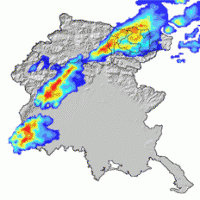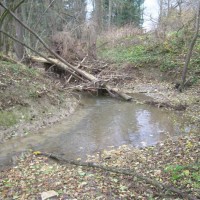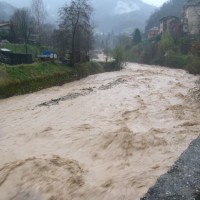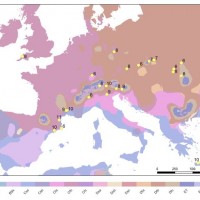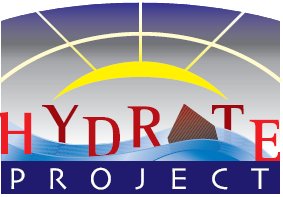Hydrometeorological data resources and technologies for effective flash flood forecasting
(HYDRATE)
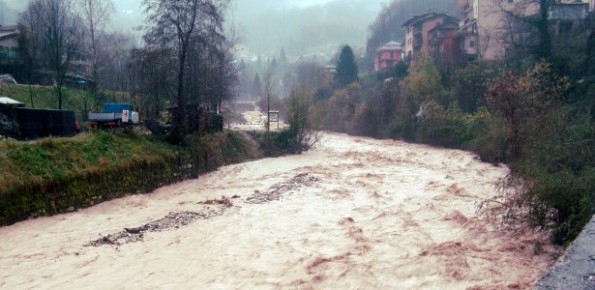
Background
Flash-floods develop at space and time scales that conventional observation systems for rainfall and river discharge are not able to monitor. Consequently, the atmospheric and hydrological generating mechanisms of flash-floods are poorly understood, leading to highly uncertain forecasts of these events.
Purpose
The objective of the HYDRATE project has been to improve the scientific basis of flash flood forecasting by advancing and harmonising a European-wide innovative flash flood observation strategy and developing a coherent set of technologies and tools for effective early warning systems.
Methods
A wide set of methods aimed at the analysis of flash floods was applied in the project, including valorisation of data on flash flood from existing archives, post-flood data collection, radar rainfall estimation, rainfall-runoff modelling.
Results
Project results include implementation of hydrometeorological datasets on flash floods, refinement of methods for post-event documentation of flash floods, characterization of flash floods in different European regions and development of procedures for the management of flash flood risk.
Products
Research papers documenting the research conducted and proposing refinements in the methodologies for coping with flash flood at the European scale have been produced; hydrometeorological data for a number of flash floods have been collected and validated and made available for further analysis.
Conclusions
The characteristics of flash floods, such as seasonal distribution, spatial extent, unit peak discharge and runoff coefficients, show remarkable differences between various climatic regions of Europe. Integrating various management strategies including structural measures and nonstructural measures is essential for a sound management of hazards and risks associated to flash floods.



